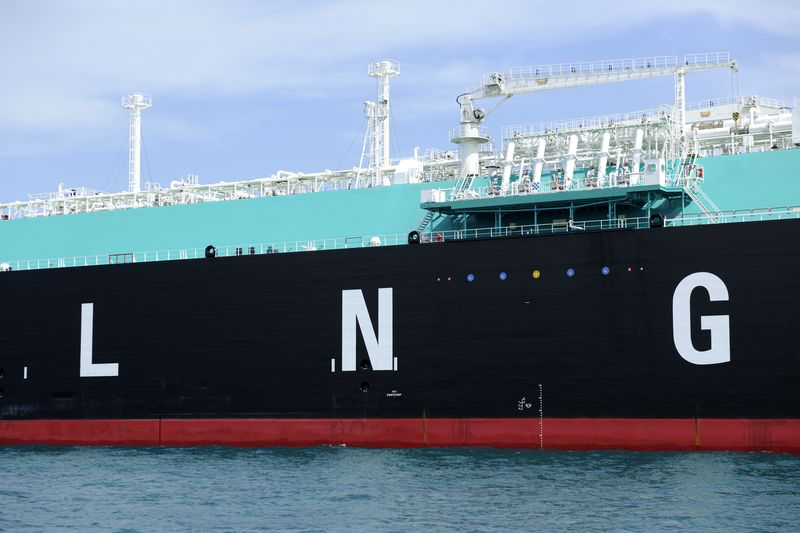Global LNG supply is expected to increase by 3% to an estimated 415 million tonnes, while global LNG demand is predicted to increase by 2% to reach 401 million tonnes this year.
The United States is on track to more than double its capacity for gas liquefaction over the next five years, experts believe, exceeding LNG giant Qatar in the process.
The nation’s annual LNG export capacity is anticipated to reach 169 million metric tonnes by 2027, placing it far ahead of Qatar, who currently sits as the second-largest exporter in the world, with three projects scheduled for final investment decision this year, according to BloombergNEF.
Qatar’s Amir Sheikh Tamim bin Hamad Al Thani stated in February of last year that his country’s capacity to produce liquefied natural gas will increase to 126 million tonnes annually by 2027.
“The US is in the lead because of its flexible contract terms and the competitive landscape of project developers,” said Michael Yip, global LNG specialist at BloombergNEF, reported BNEF.
The reliability as an LNG supplier and its aggressive but transparent pricing policy have made it simple for these new projects to obtain contracts.
In 2022, 89% of contracts were for US-based projects. Construction can start after funding for an LNG project is unlocked and roughly 75–80% of its capacity has been contracted.
This year, BloombergNEF anticipates that five projects will receive final investment decisions.
The US is home to four of them including Venture Global’s Plaquemines LNG (Phase 2), Sempra’s Port Arthur LNG (Phase 1), and NextDecade’s Rio Grande LNG (Phase 1).
The other two are located in Canada, including the North Field South Expansion of Qatar Energy and Woodfibre LNG of Pacific Energy.
“The US will become more of a global gas player,” said BNEF’s lead analyst for US gas, Enrique Gonzalez. “Unlike in the past, prices in its domestic gas market will be more connected with the rest of the world.”
Last year, final investment decisions were made on three LNG projects with a combined capacity of 25.3 million tonnes. This year, there are five projects that will total 54.5 million tonnes.
Energy Transfer’s Lake Charles LNG, Venture Global’s Calcasieu Pass 2 LNG, New Fortress Energy’s “Fast LNG” concept in the US, and TotalEnergies’ Papua LNG are additional potential “wildcards” in line for approval in 2023.
Global LNG supply is expected to increase by 3% to an estimated 415 million tonnes, while global LNG demand is predicted to increase by 2% to reach 401 million tonnes this year.
The increase in supply is a result of Freeport LNG restarting operations in the first quarter of this year and Venture Global’s Calcasieu Pass reaching full capacity after commissioning.
The Tangguh Train 3 in Indonesia, the Tango floating LNG vessel in the Republic of Congo, and the Tortue floating LNG project, on the maritime border of Senegal and Mauritania, are among the new projects aiming to start operations in 2023.
However, Qatar’s LNG output is also ever-growing.
Qatar is in negotiations to purchase a part in the $27 billion cluster of energy projects in Iraq owned by the French business TotalEnergies, according to three sources who spoke to Reuters.
QatarEnergy hopes to acquire approximately 30% of the project, reported Reuters, appearing to favour a partnership in order to lower the risk in Iraq.
QatarEnergy also confirmed its role in a tripartite oil and gas exploration consortium in two maritime blocks in Lebanon, a move that analysts believe is beneficial for the crisis-hit country.







